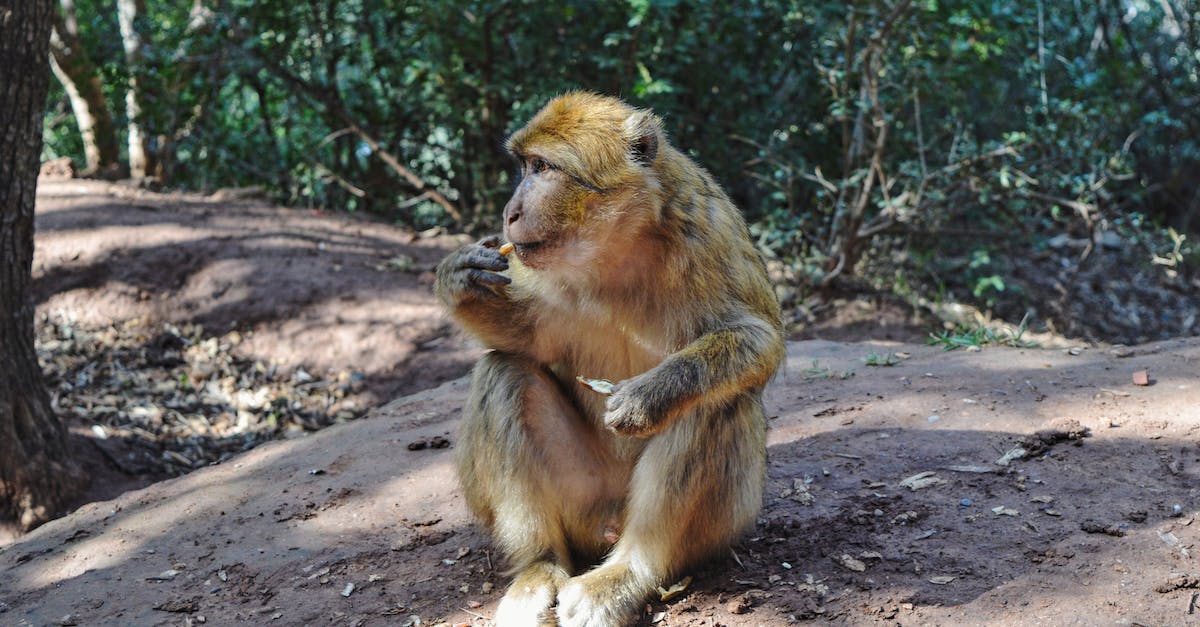How Big is a Chunk in Minecraft? – An In-depth Look into the Building Blocks of the Game
How Big is a Chunk in Minecraft? – An In-depth Look into the Building Blocks of the Game
Introduction
Minecraft is a popular sandbox video game that allows players to build, explore, and interact with a vast virtual world. One of the fundamental elements of the game is the chunk, which forms the building blocks of the Minecraft universe. In this article, we will delve into the details of how big a chunk is in Minecraft and its significance in gameplay.
Understanding Chunks
A chunk in Minecraft is a designated area in the game world that measures 16 blocks wide, 16 blocks long, and 256 blocks high. This means that each chunk is a cube-shaped area that encompasses a total of 65,536 blocks. Chunks serve as the basic units of the game’s world generation and serve several crucial purposes.
World Generation and Performance
Chunks play a crucial role in the world generation process of Minecraft. When a player spawns into a new world or explores uncharted areas, the game creates new chunks to fill in the terrain. These generated chunks determine the landscape, biomes, structures, and resources that players will encounter in their virtual journeys.
Furthermore, chunks also play a vital role in optimizing game performance. By dividing the world into smaller, manageable sections, the game only needs to load and render the chunks that are currently in the player’s vicinity. This approach helps to prevent the game from becoming overwhelmed by processing and memory requirements, ensuring smooth gameplay even in highly complex and expansive worlds.
Building and Exploring in Chunks
Understanding the concept of chunks is crucial for players who want to build or explore large-scale projects in Minecraft. Because each chunk measures 16×16 blocks horizontally, it is essential to plan and design structures, cities, or landscapes with this limitation in mind. Building a massive structure that spans multiple chunks may result in performance issues or cause graphical glitches.
Exploring the Minecraft world is also influenced by the presence of chunks. As players move across the landscape, the game continuously loads and unloads chunks, ensuring that only the relevant areas are displayed. This mechanism helps in maintaining a smooth and fluid experience, especially when traversing vast distances.
Chunk Management
Proper management of chunks is crucial for maintaining the stability and performance of a Minecraft world. Players can utilize various methods to optimize chunk loading to ensure a seamless experience.
1. Chunk Alignments: Aligning builds and structures with the boundaries of chunks can help optimize performance and reduce potential glitches.
2. Chunk Loaders: In multiplayer servers or automated farms, players can use chunk loaders to keep specific chunks active, even when no players are in the vicinity. This ensures that farms or complex redstone contraptions continue to operate seamlessly.
3. Chunk Preservation: Players can also preserve and back up chunks to prevent loss of progress or important builds. This involves saving and storing specific chunk data to quickly restore them if needed.
In Conclusion
Chunks are the building blocks of the Minecraft universe. Understanding their size, significance, and management is essential for players who wish to create expansive structures, explore vast landscapes, and optimize gameplay performance. By grasping the concept of chunks in Minecraft, players can fully harness the creative and immersive potential of the game.
FAQs
1. What is a chunk in Minecraft?
A chunk is a unit of measurement used in Minecraft to divide the game world into manageable sections.
2. How big is a chunk?
A chunk in Minecraft is 16 blocks wide, 16 blocks long, and 256 blocks tall.
3. Why are chunks important in Minecraft?
Chunks are important in Minecraft because they help determine the game’s performance and optimize world generation and rendering.
4. How many blocks are there in a chunk?
A chunk in Minecraft contains a total of 65,536 blocks (16x16x256).
5. How does Minecraft load and unload chunks?
Minecraft loads and unloads chunks dynamically based on the player’s location and movement in the game world.
6. Can you change the size of a chunk in Minecraft?
No, the size of a chunk in Minecraft is fixed at 16 blocks wide, 16 blocks long, and 256 blocks tall.
7. What affects the performance of chunks in Minecraft?
The performance of chunks in Minecraft can be affected by factors such as the number of entities, redstone contraptions, and the complexity of the block structures within them.
8. How are chunks generated in Minecraft?
Chunks are generated in Minecraft using a combination of seed values and algorithms that determine the terrain, structures, and biomes within each chunk.
9. How can you optimize chunk loading in Minecraft?
To optimize chunk loading in Minecraft, you can adjust the render distance setting, limit the number of concurrent chunk updates, and use mods or optimizations provided by the game’s community.
10. Can you back up or transfer individual chunks in Minecraft?
Yes, it is possible to back up or transfer individual chunks in Minecraft by accessing the game files or using third-party tools, but it requires careful handling to prevent corruption or compatibility issues.


































